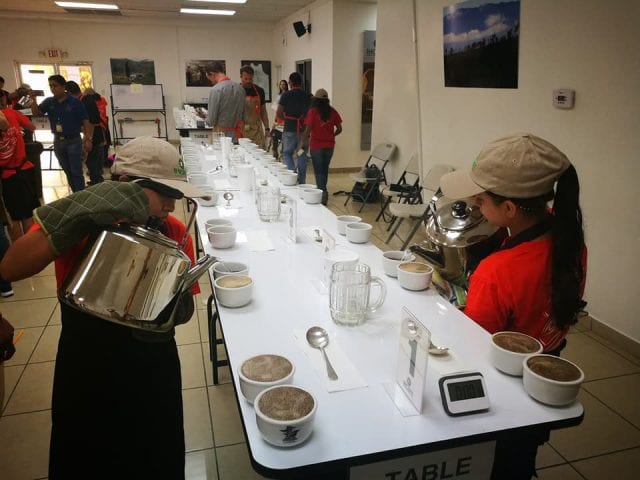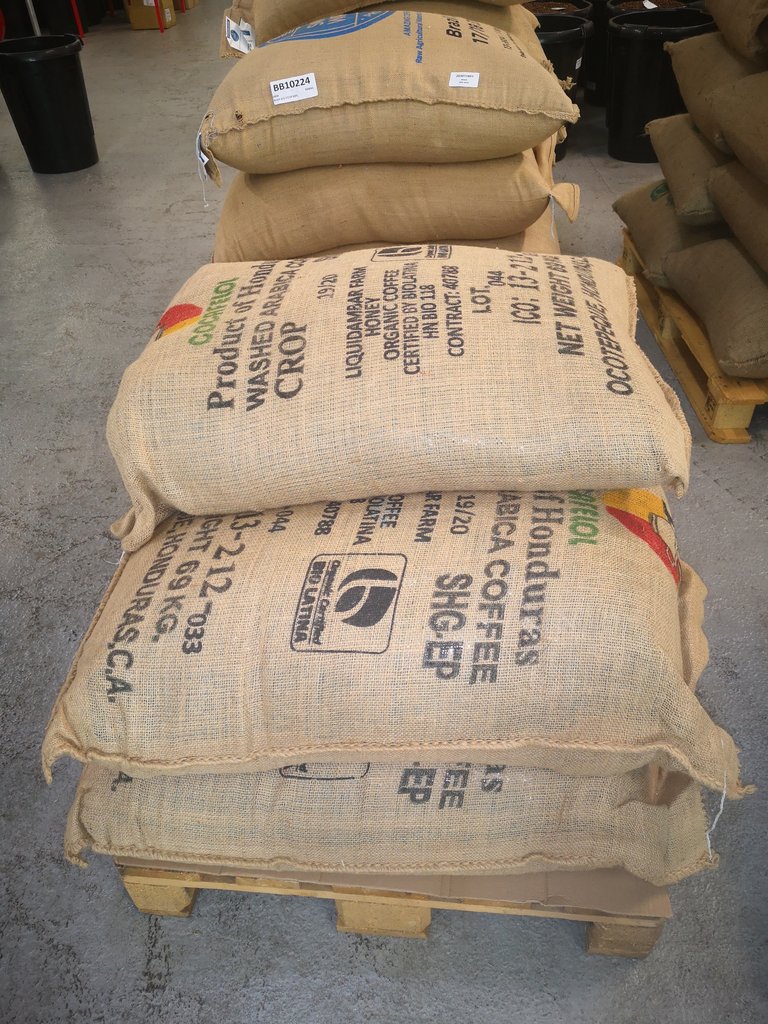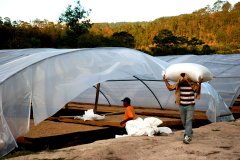Honduras small-scale Coffee Cooperation Organization Coffee Sustainable Agriculture Organic Coffee processing
As we all know, many coffee growing areas unite individual farmers in the form of cooperatives to create conditions for coffee cultivation on a small scale. This kind of coffee planting model is actually very popular in Central and South America. Guatemalan coffee and Costa Rican coffee are also used. Here in front street, we will briefly introduce the two Honduran coffee consortia.
Cafe Org á nico Marcala (COMSA) was established in December 2001 with the vision of creating new alternative development opportunities for small-scale coffee farmers in the region. The organization initially brought together 69 small farmers from Lenca who were interested in selling their coffee collectively under the umbrella of rural credit cooperatives.
At that time, the main production systems in the region used traditional (chemical) practices and sold to local giants, often at prices that could not even cover their production costs. One of the main founding goals of COMSA is to seek and promote new ways of thinking-whether in production, from traditional production to organic production, and from commercial buyers to professional buyers in the market. Sell their coffee collectively under umbrellas. With the support of CEDECO, COMSA employees and members learned new and innovative practices to transform their land into integrated organic farms. They are working hard to promote soil and water conservation and the protection of local plants and wildlife. At the same time, members are beginning to see an increase in coffee production, better family relationships and the rapid growth of COMSA membership.

With their initial success, members are more and more willing to try innovative organic practices.
To ensure optimal quality control, COMSA now manages its own dry and wet processing plants and is organically certified by Biolatina and exported according to FLO, SPP, Denominaci ó n de Origen Marcala (DOP) and UTZ.
The harvest takes place from December to February of the following year, when the sun is soft and indirectly penetrates the farm because there is plenty of shade and the days are short and cool. Hand-picked, carefully selected fruits that have reached the best maturity, cherries with the freshest appearance, solid color and bright color. This meticulous cherry selection requires picking at least three of the same plants to produce quality coffee.
After harvest, the fruit is processed by wet processing, the coffee is de-pulped, and then fermented in a tank for more than 36 hours. Any by-products of this process, such as pulp, are reintegrated into the farm soil. Finally, the coffee is dried in the sun during a long period of drying.

In Honduras, TechnoServe is helping coffee farmers like Luis Olvera improve their coffee and join local producer organizations. By doing so, they can connect to better markets and sell their coffee directly to exporters in bulk, resulting in better prices and better livelihoods. Coffee is a way of life in El Capiro, a remote community in the mountains of northern Honduras. Farmers here have been producing coffee for generations, but poor planting technology, limited quality control and low prices make it difficult for them to make a living. The situation is so bleak that some farmers are considering selling the farms they have owned for decades. In 2013, TechnoServe began passing a sustainable agricultural transformation program funded by the United States Department of Agriculture. (MAS+ in Spanish) works with more than 5000 coffee farmers in Honduras. At the time, Lewis and his neighbors were part of the La Inmensa Jornada producer organization-but they still sold coffee at low prices through middlemen or second-tier organizations. TechnoServe also works with private coffee exporters to integrate smallholder farmers into agricultural supply chains and market systems through training, financial and technical assistance. This unique approach combines concerns about quality and sustainability, bringing benefits to farmers and their communities.
Important Notice :
前街咖啡 FrontStreet Coffee has moved to new addredd:
FrontStreet Coffee Address: 315,Donghua East Road,GuangZhou
Tel:020 38364473
- Prev

Differences between flavor and taste characteristics of coffee beans treated with Honduran honey and washing
Like other Central American countries, coffee culture in Honduras has a long history. Good coffee is an essential part of everyone's day. Coffee is the center of many social occasions. I like coffee from Central America! At present, there are only two Honduran coffee sherry and litchi orchid in Qianjie store. From the point of view of previous history, there has never been coffee treated with Honduran honey.
- Next

How do you drink Colombian coffee? Flavor and taste characteristics of Colombian cherry blossom coffee beans
There are a lot of Colombian coffee on the front street, such as Rose Valley, Flower Moon Night and San Jose are very popular. Do you want to know how traditional Colombians drink coffee? Colombians are famous for the coffee they grow. Colombia is one of the most important coffee producers in the world in terms of yield and quality.
Related
- Detailed explanation of Jadeite planting Land in Panamanian Jadeite Manor introduction to the grading system of Jadeite competitive bidding, Red bid, Green bid and Rose Summer
- Story of Coffee planting in Brenka region of Costa Rica Stonehenge Manor anaerobic heavy honey treatment of flavor mouth
- What's on the barrel of Blue Mountain Coffee beans?
- Can American coffee also pull flowers? How to use hot American style to pull out a good-looking pattern?
- Can you make a cold extract with coffee beans? What is the right proportion for cold-extracted coffee formula?
- Indonesian PWN Gold Mandrine Coffee Origin Features Flavor How to Chong? Mandolin coffee is American.
- A brief introduction to the flavor characteristics of Brazilian yellow bourbon coffee beans
- What is the effect of different water quality on the flavor of cold-extracted coffee? What kind of water is best for brewing coffee?
- Why do you think of Rose Summer whenever you mention Panamanian coffee?
- Introduction to the characteristics of authentic blue mountain coffee bean producing areas? What is the CIB Coffee Authority in Jamaica?

